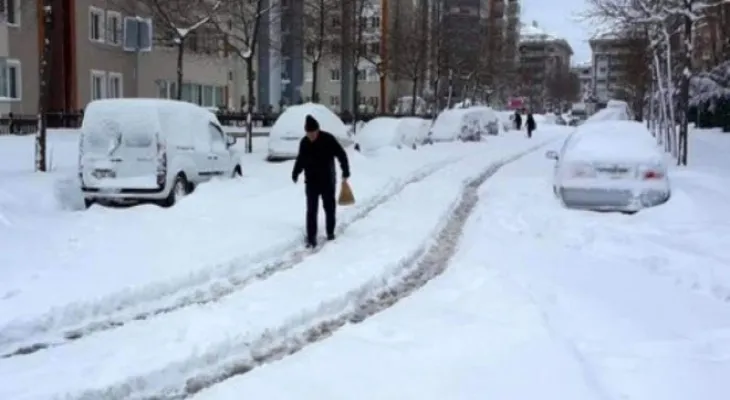Search here
Newspaper
Search here

Arab Canada News
News

Published: January 28, 2024
If you are planning a trip to remote areas to enjoy the sunshine, experts advise outdoor enthusiasts to be cautious of warmer temperatures.
The deep freeze this month was followed by melting temperatures, and avalanche risks were high throughout most of last week – and now, forecasters say warmer temperatures are on the way, increasing the risks.
Matt Mueller is a mountain rescue specialist in Kananaskis County for Alberta Parks, and he says there is some snow science behind the increased avalanche risks as the weather warms up.
Mueller said: "So, because of the cold snap we're experiencing, the snowpack tends to dry out and becomes more like sugar, the grains change, and then, with rapid warming, suddenly they can no longer handle the heat penetrating the surface snow."
The sugary phenomenon he describes is called faceted snow, which transforms regular snow into larger angular and compact grains, so, while the warmth might attract more people to enjoy Canadian wildlife, melting ice may also bring danger.
Mueller continued: "If the sky is blue and the sun is out, that often causes localized warming, especially with heat, conditions can change very quickly."
Indeed, this winter has shown how fast nature's conditions can change.
Bryan Webster, Visitor Safety Manager at Banff National Park, echoed Mueller’s concerns about snow and avalanche risks.
He noted that any new snow will struggle to bond to the cold old snow surface, meaning any slight change in the wind can trigger a slide, adding, "We have started to see new avalanches releasing on the cold snow interface, and we do not discourage people from going out to enjoy the backcountry, but you have to approach it with a degree of caution."
Webster explained that the deep layer of snowpacks that appeared earlier this month is also a concern. If an avalanche occurs, it may be larger and more dangerous than usual.
Experts advise individuals to practice avalanche safety before heading into remote areas and always be prepared by bringing a shovel, a transceiver, and a probe in case any adverse situations arise.
People are also advised to check the latest conditions on the Avalanche Canada website before embarking on any outdoor adventures.
Comments